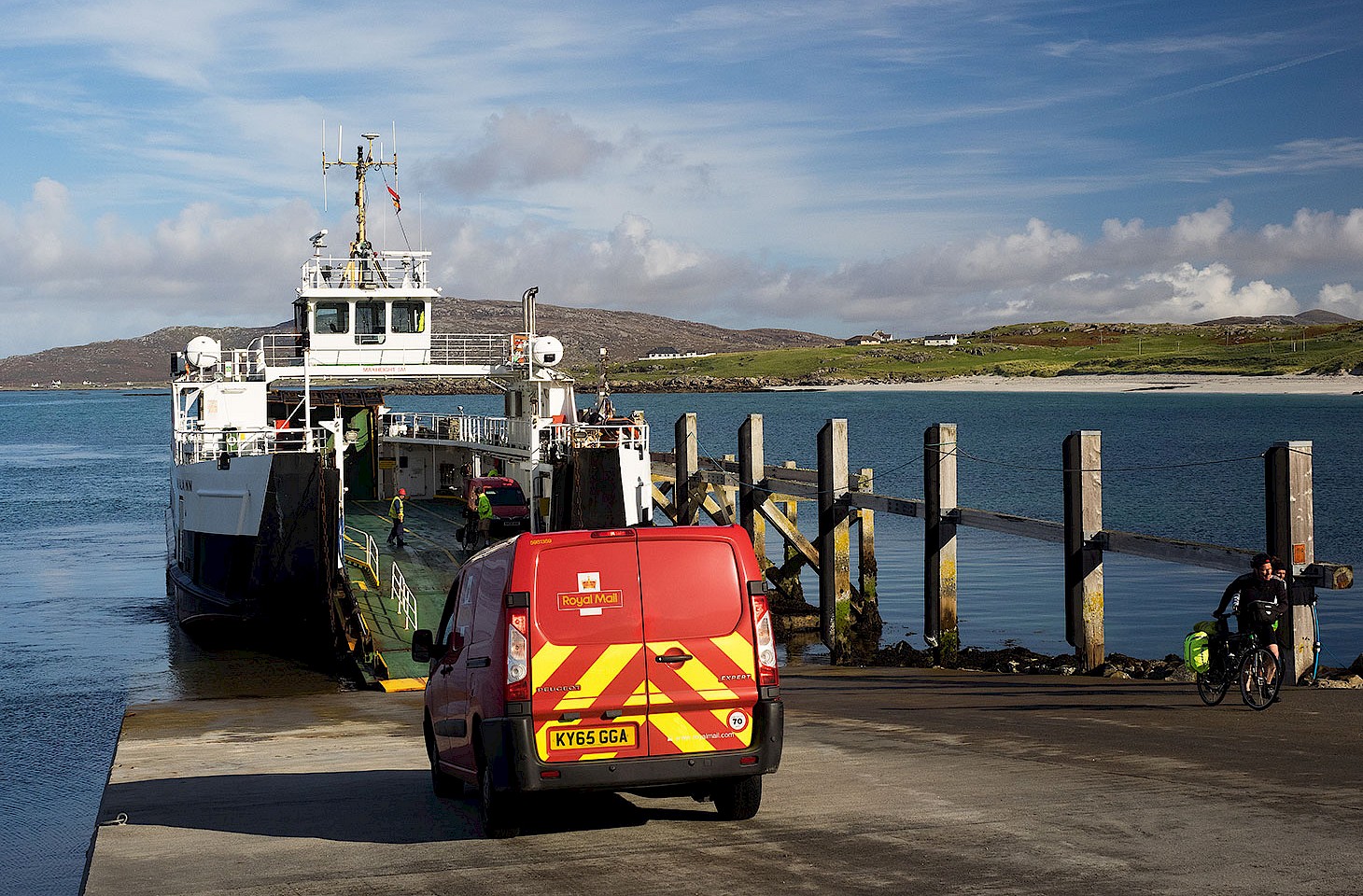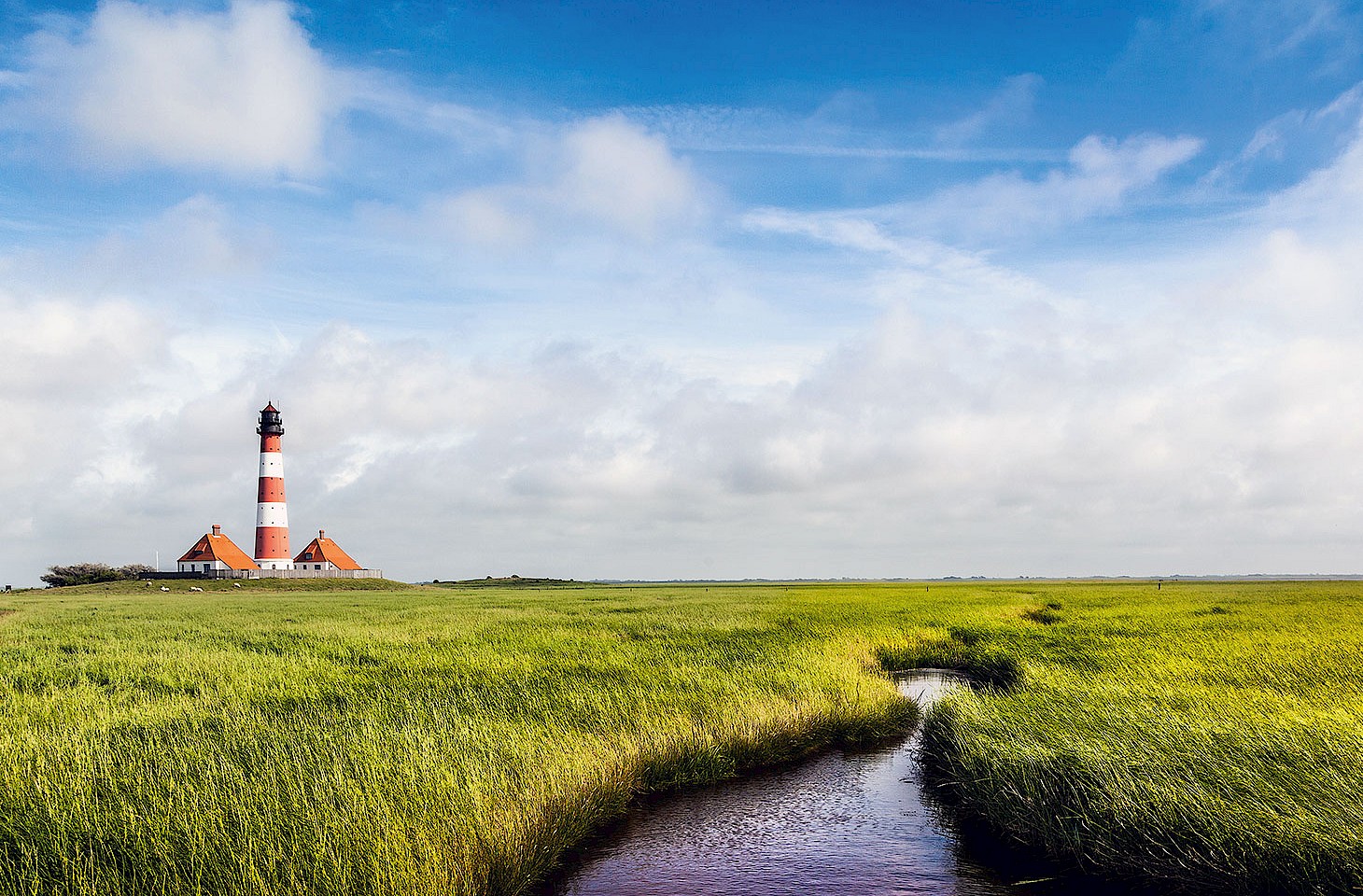Dear fellow travellers
The rain geese were silent in the quiet days after the solstice. They settled on the waters to the north-east of Barra, riding the gentle swell as it lapped up towards the shores of Hellisay and Gighay. Early travellers to the Hebrides often remarked on the rain goose. Here’s the great Scottish topographer, Màrtainn Mhàrtainn, writing over 300 years ago:
“The rain goose, bigger than a duck, makes a doleful noise before a great rain”
We have had still days over Christmas - even halcyon days for those who know their Greek mythology. It suited the rain geese. The birds are more commonly known as the red-throated diver. Elegant in water, but ungainly on land, the rain goose is feted for her ability to anticipate a coming storm. These handsome divers are often spotted in the Outer Hebrides.
Other sightings in recent days on the islands include eiders, kittiwakes and razorbills. There have been Brent geese at Traigh Mhòr in Barra; that’s the great cockle strand which also serves as the island’s airport. Elsewhere on the island, a score or more of snow buntings took a Christmas break. These adventurous passerines are, like us, inclined to northern regions. We share the snow bunting’s affection for polar landscapes.
But it is another bird which steals the limelight on this second day of Christmastide, the Feast of St Stephen. In some Atlantic regions, today is marked as Wren Day. In parts of western Ireland, unruly gangs of youths would once rampage through the countryside in search of hapless wrens, many of which were mercilessly murdered. The prize was even greater for he who could take a living wren. The poor bird was tied to a pole and paraded around the village.
In the Isle of Man, there was a variant on the Irish maltreatment of wrens. The captive bird was strangled and then ceremonially buried in the local churchyard as singers stood by and chanted dirges.
Pity the poor wren! What had this most tuneful of birds ever done to warrant such barbarism? Some say that this St Stephen’s Day pastime is found in the contact zones between Norse and Celtic traditions and dates back to a time when wrens betrayed the position of Celtic warriors to advancing Nordic forces.
The Hebridean island of Barra, where we are spending this Christmas season, was of course very much a meeting point of Viking and Irish interests. But here wrens are treated with respect. The Hebridean wren is a loyal and homely creature, never inclined to betray anyone. There is a distinctive subspecies of wren found here in the Outer Hebrides (and yet another found almost exclusively on St Kilda). The Hebridean Wren (Troglodytes troglodytes hebridensis) is not as troglodyte as its Latin name implies, though this wee bird is inclined to poke around in any holes upon which it might serendipitously chance. It is as energetic as its mainland cousin, but inclines to a darker colour. The barring on its flanks is more conspicuous than on the regular wren.
Those who know more about Hebridean birdlife than ourselves tell us that the local wren is more melodic, less shrill in its call, than the mainland wren. Of the wren, there has been no hint today. But we heard the snow goose. The halcyon days of the solstice are evidently numbered.
Nicky Gardner and Susanne Kries
(editors, hidden europe magazine)



